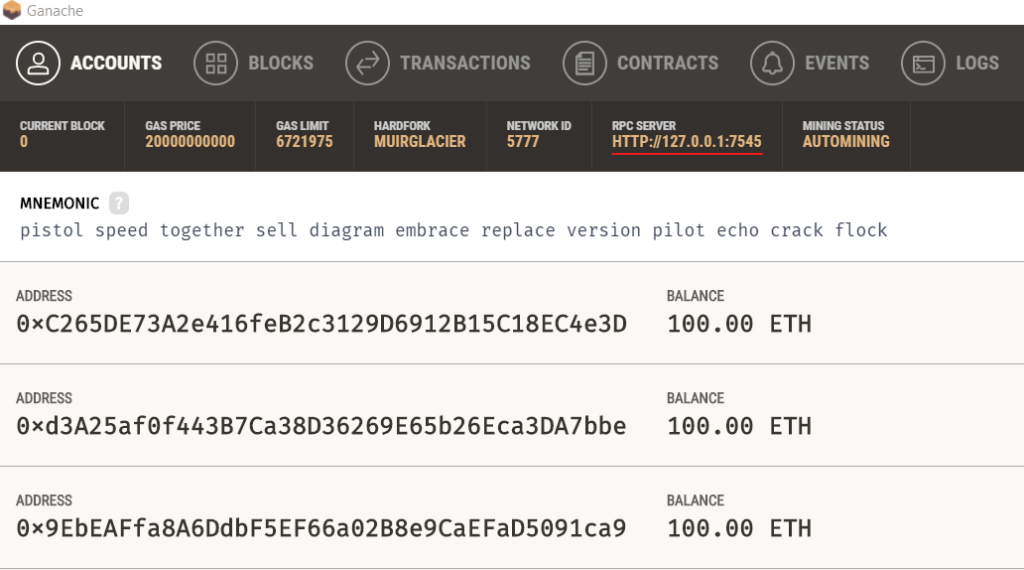Keep self-custody of your crypto asset
For Noncustodial wallets keep your recovery code safe
Don’t fall in trap if wallet application asks for recovery code for no reason – Recovery code is asked while creating a wallet i.e. initial setup or if you have lost your wallet i.e. recovery – other than that ensure that you are been not phished
Don’t keep all you crypto assets in a single address –
Don’t share the same address to multiple person – Private keys are used to generate the Bitcoin Address. For each transaction create a new address. This way you avoid anybody to know how much bitcoin has been sent to that address in total. Generating new address everytime also protects your privacy.
Block explorer privacy – Block explorer is a web appplication that operates as a Bitcoin search engine. You can search by Bitcoin addresse, transaction hash, block number and block hash. Using these applications and searching a transaction allows them to associate the IP address, previous earches and browser details through which can identify and learn your activities. Searching somebody else transaction should not be a problem but if you search your own transactions these operators might be able to analyse the Bitcoin your have received and spent or currently own. So as mentioned earleir each transaction should be on different address to make the operators difficult to identify you.
Ways to acquire a Bitcoin as a new user
Bitcoin transactions are irreversible. So be careful when doing transaction either send or receive. Since the transactions are done on address and there is not identity attached, there is no verification process to check if the address is your’s before doing a transaction. This way acquring, holding and spending bitcoin does not expose your personal identity. Although everybody in the network can see the how much bitcoin is in a address but that address doesn’t disclose your identity. As a new user follow this guidelines-
- First do a self study how the crypto transaction works. With most of the mobile apps its as as easy as transfering the fiat currency. But if you have a self custodial assets its very important to understand the process. Understand the current Price of bitcoin from the currency exchange, transaction fees, location from where you will be doing transactions. It is good to understand the rules and regulations of the country where you reside.
- Get introduction about bitcoin from a friend – Take help from you friend who already has Bitcoin and buy from your them directly with a small amount. This should give you a confidence when doing further transactions by yourself. Once you are familiarised and have confidently done transactions help new users and share your expereince.
- Earn a bitcoin. Earn a bitcoin by providing service with which ever profession you are in. Example- if you are porgrammer you sell your skills for firat currency, instead sell your service for bitcoin. This requires to share your adddress along with the invoice to your client who should then send agreed bitcoin to your address. This way you learn how to generate address to receive bitcoin. Always remember to genereate new address for each invoice. See section “Don’t share the same address to multiple person“.
- Use Bitcoin ATM – A Bitcoin ATM is a standalone device or kiosk that allows you to buy or sell bitcoin or other cryptocurrencies using a terminal. Bitcoin ATMs are connected to the Internet and often utilize QR codes to send and receive tokens to users’ digital wallets. Bitcoin ATM accepts cash and send bitcoins to your wallet. This way you get to familiarise with bitcoin transaction’s.
- Use Bitcoin currency eschange – you can buy bitcoin from the digital curerncy exchange such as Coinbase which is linked to your back account. Although they will take the transaction fees but a safe way to buy or sell the bitcoins.
Generating Private Key
Do not write your own code to create a random number or use a simple random number generator offered by programming language. Use CSPRNG (crytpographically secure pseudorandom number generator) with a seed from a source of sufficient entropy. What is entropy – see here blog post of private key
![]()































